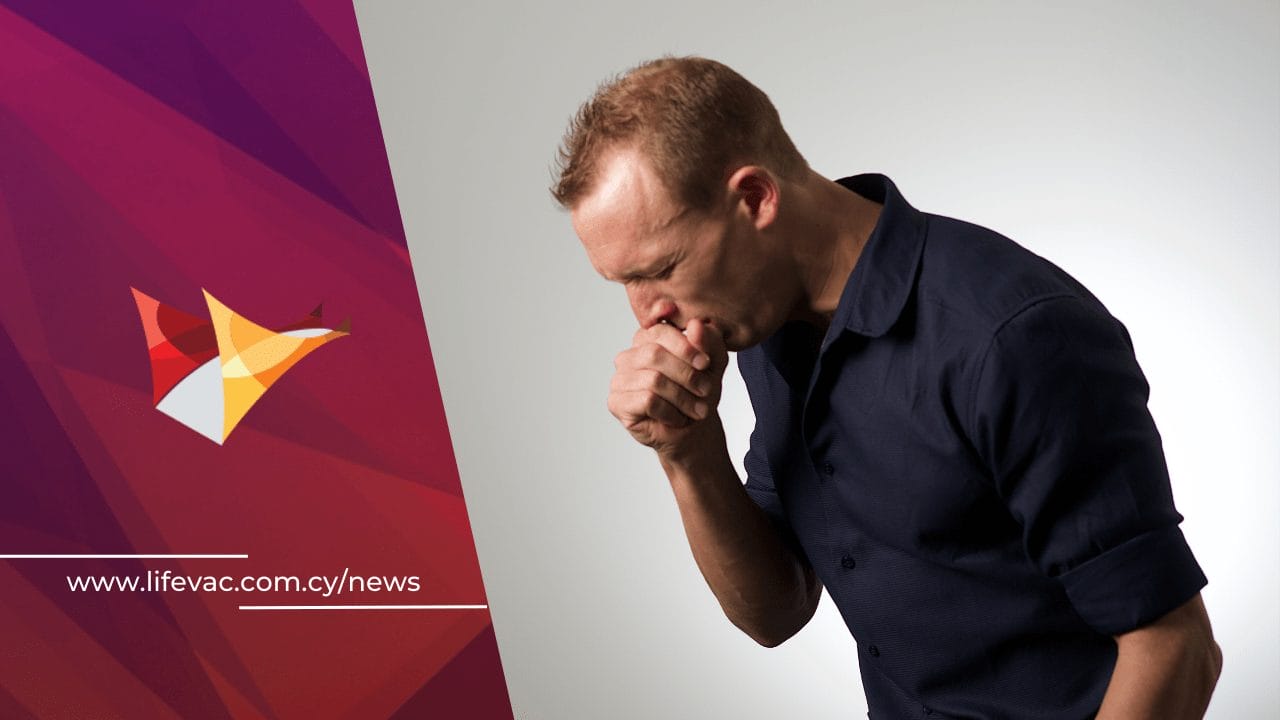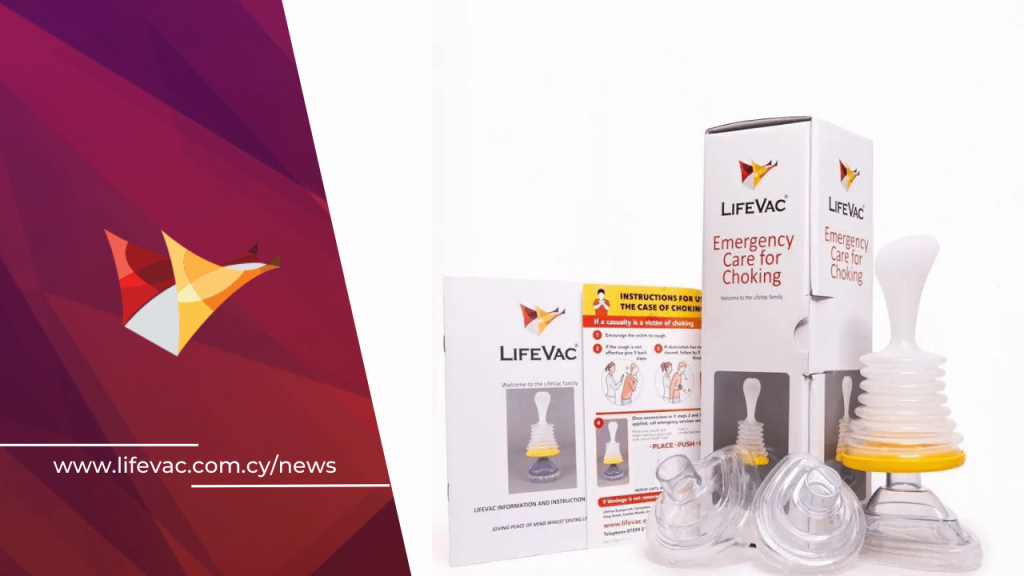Choking is a critical medical emergency. Quick and proper action is essential because waiting for emergency services might be too late.
Breathing is vital for life. When we breathe in, we pull a mix of nitrogen, oxygen, carbon dioxide, and other gases into our lungs. Oxygen from the air moves into the bloodstream and travels to organs and tissues to help convert food into energy. Meanwhile, carbon dioxide is picked up by the blood and carried back to the lungs to be exhaled.
During a severe choking incident where the airway is fully blocked, no oxygen can reach the lungs. Without oxygen, the brain can start to die in just four to six minutes, making immediate first aid crucial.
If the blockage isn’t cleared quickly, irreversible brain damage or death could occur in as little as 10 minutes. This is why understanding how to respond to choking is crucial for everyone.
How Choking Happens
Choking happens when something, usually food or another object, gets stuck in your upper airway, blocking the flow of air to your lungs.
This blockage can range from mild, causing just a coughing fit, to severe, where no air can pass at all (complete airway obstruction). If not quickly resolved, complete airway blockage can lead to death.
At the back of your mouth, there are two pathways: the esophagus and the trachea. The esophagus leads to your stomach and is the route that food takes when you swallow. The trachea, on the other hand, leads to your lungs and is crucial for breathing.
When you swallow, a small flap called the epiglottis closes over the trachea to make sure food doesn’t go down the wrong way and into your lungs. This is an automatic process that helps you eat and breathe without mixing the two.
If an object, like a piece of food or a small toy, accidentally slips past the epiglottis and gets into the trachea, it can get stuck. Because the airways keep getting narrower as they branch out, larger objects typically get lodged at the start of the trachea near the vocal cords. This blockage can prevent air from reaching the lungs, leading to choking.

Who is at Higher Risk for Choking?
Choking can happen to anyone, but some people are more at risk due to certain medical conditions or daily habits. Here’s a simple breakdown of who might be more likely to choke and why:
Based on Age and Health:
- Young children (under 5 years old): Their swallowing mechanisms aren’t fully developed.
- Elderly: Aging can weaken muscles needed for safe swallowing.
- People with neurological illnesses: Conditions like Parkinson’s disease can affect muscle control.
- Those with muscular degeneration: Diseases like muscular dystrophy weaken muscles, including those used for swallowing.
- Esophagus Disorders: Issues like a narrowed esophagus from acid reflux (GERD) make it harder to swallow food properly.
- Genetic abnormalities affecting swallowing: Conditions like cleft lip can disrupt the normal swallowing process.
- Injuries impacting swallowing: Any injury to the throat or neck area can complicate eating and swallowing.
Risky habits and behaviors:
- Eating too quickly: Not giving enough time to chew properly increases choking risks.
- Standing or moving while eating: Eating should be done while sitting down to reduce choking risks.
- Poor chewing: Not chewing food thoroughly before swallowing can lead to choking.
- Eating while lying down: This makes it more difficult for the throat to manage food.
- Excessive alcohol consumption: Alcohol can impair your ability to swallow safely.
Understanding these risk factors can help everyone, especially those at higher risk, take necessary precautions during meal times to avoid choking incidents.

What are the Symptoms of Choking?
Recognizing the signs of choking quickly is crucial for responding effectively and possibly saving a life. Here are the key symptoms to watch for if you suspect someone is choking:
- Clutching the throat: One or both hands at the throat is a universal sign of choking.
- Difficulty breathing: Struggling to breathe, which may include wheezing or making high-pitched noises.
- Difficulty with vocalization: Inability to talk, make sounds, or only producing squeaky noises when attempting to breathe.
- Coughing: It can vary from a weak cough to a forceful hacking.
- Changes in face Color: Skin, lips, and nails may turn blue or gray, indicating oxygen deprivation.
- Panic and agitation: Displaying signs of panic, shock, or confusion due to the distress.
- Loss of consciousness: If the airway is not cleared, the person may pass out.
What to Do if Someone is Choking?
Now matter how cautious we are, we should be prepared in case of a choking incident and act fast, as time is everything in such situations.
1. Follow standard choking protocol
First of all, we should follow the standard choking protocol. The standard choking protocol for adults and children over one-year-old involves performing the Heimlich maneuver, which involves standing behind the person and applying upward pressure on the abdomen to dislodge the obstructing object. For infants under one-year-old, back blows and chest thrusts are recommended.
2. Call 112
If the obstruction of the airway is complete and the child cannot breathe, you should call 112, which is the international emergency number.
3. Use LifeVac
If the Heimlich maneuver doesn’t work, immediately after you make the call use the anti-choking rescue device, LifeVac.
What is LifeVac?
LifeVac is a non-powered single-patient portable suction device developed for clearing an upper airway, intended to be used in choking emergencies. LifeVac is FDA Registered, MHRA Registered as a class 1 medical device and CE marked.
This medical device has been tested successfully and has already saved more than 2044 lives around the world.
It’s a completely safe device, as it doesn’t insert anything into the victim’s airway and doesn’t create any dangerous positive pressure.
Do you want to learn more about this miracle medical device that saves lives every day?



